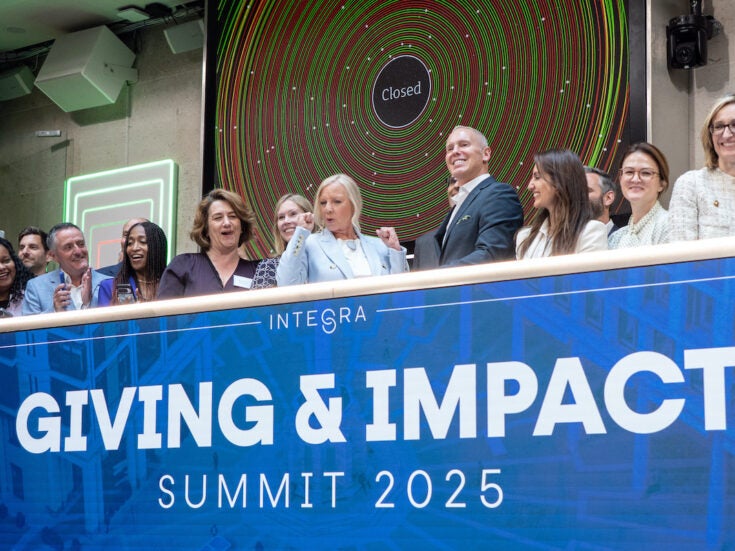
For the philanthropist, making a grant to a social media initiative can be both an exciting and a bewildering prospect. Exciting, because social media allows for an unprecedented level of engagement with the wider world, and has the potential for great positive impact; but also bewildering, because of the sheer array of funding opportunities available.
To assist those who are interested in funding in this area, we have published a paper, Philanthropy and Social Media, which features interviews with several innovators in this field, including the Omidyar Network, Localgiving.com and the Robert Wood Johnson Foundation. In the following paragraphs we suggest five useful steps, drawn from our paper, that you can take to make your giving more effective.
Read more on philanthropy
1. Make sure your potential grantees are using the right tools. If, for example, a charity seeks funding for a youth education project which it is directing via Facebook, make sure to ask the charity whether their target audience are actually using Facebook. Every now and then, you will see a charity’s strategy which does not reflect the day-to-day reality of the people it is trying to engage.
2. Be realistic: social media can’t solve everything. Social media are very powerful tools for achieving social change, in that they represent the only way in which citizens can manage their own information economically and at scale. At the same time, though, it must be noted that they will be only part, not the whole, of the solution to a social problem: without being accompanied by an effective offline strategy, they will not help you to achieve your philanthropic objectives.
3. See what’s already out there. Though social media is still a relatively new field, there are already several tools out there whose success is proven. Rather than have to “reinvent the wheel”, it’s better to look at the many cheap or free social media platforms out there which NGOs are using to great effect.
4. Set out how you will measure the success of the grant. Assessing the impact of a grant to a social media project is often a challenge, and so a set of clear objectives is necessary. In drawing these up, look beyond the simple measurements of how many website hits or YouTube views your project has received: look instead at how closely people remain engaged with the project once they’ve gone offline.
5. Have fun. An essential element of social media is that it is informal and enjoyable – it breaks down the communication barriers that have traditionally existed between groups of people.
We hope that this advice is of great use to you, and we urge you – if you are not already doing so – to take advantage of some of the fantastic opportunities offered by social media, a tool that, if used judiciously, can help to being about truly transformative change.
Read more on philanthropy






